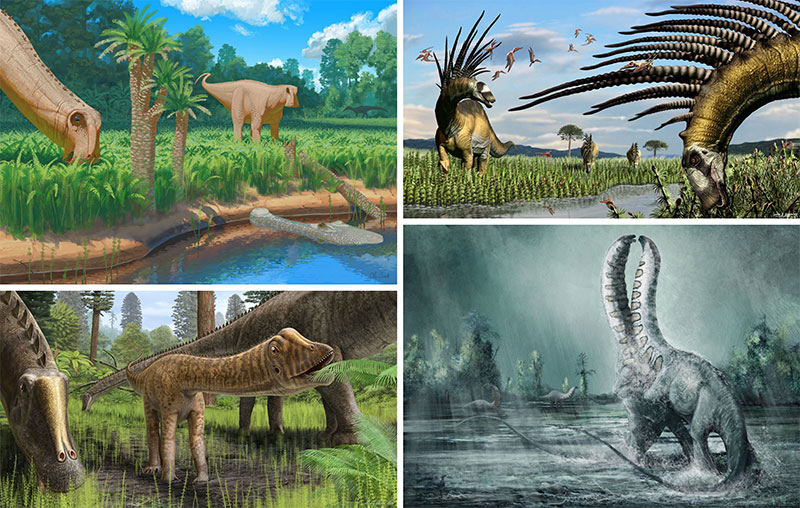FIGURE 1. Generalized, time-correlated phylogenetic tree of neosauropod sauropods, showing the main clades within Diplodocoidea and their interrelationships. Thick bars indicate from which period a certain clade is represented by fossils. Times of occurrence taken from the Paleobiology Database. Phylogenetic tree follows Harris (2006) and Wilson and Allain (2015). Phylogenetic nomenclature follows Taylor and Naish (2005) and Wilson and Allain (2015). Timeline modified from the International Chronostratigraphic Chart v2023/09 (https://stratigraphy.org/chart).

FIGURE 2. Skeletal reconstructions of Brontosaurus, including the first two reconstructions of any diplodocoids, scaled to the same femur length and horizontally aligned at the shoulder. A. First reconstruction, from Marsh (1883, plate I). B. Second reconstruction, from Marsh (1891, plate XVI). C. Modern reconstruction by Scott Hartman, 2022, used by kind permission.

FIGURE 3. Comparison of diplodocoid cervical vertebrae. Posterior, middle, and anterior cervical vertebrae of four diplodocoid sauropods in lateral view, all to scale. A. Haplocanthosaurus priscus referred specimen CM 879 (Haplocanthosaurus utterbacki of Hatcher’s usage), right lateral view, modified from Hatcher (1903, plate II): A1 = Cv13, A2 = Cv8, A3 = Cv4. B. Dicraeosaurus hansemanni holotype MB.R.4886, right lateral view, modified from Janensch (1929b, plate I): D1 = Cv11, D2 = Cv7, D3 = C3. C. Apatosaurus louisae holotype CM 3018, left lateral view (reversed), modified from Gilmore (1936, plate XXIV): C1 = Cv13, C2 = Cv8, C3 = Cv4. D. Diplodocus carnegii holotype CM 84, right lateral view, modified from Hatcher (1901, plate III): B1 = Cv14, B2 = Cv8, B3 = Cv4. Scale bar equals 50 cm.

FIGURE 4. Skull morphology in Diplodocimorpha. A. Lavocatisaurus agrioensis MOZ-Pv1232 (modified from Canudo et al., 2018). B. Nigersaurus taqueti MNN GAD512 (modified from Sereno et al., 2007). C. Bajadasaurus pronuspinax MMCh-PV 75 (modified from Garderes et al., 2023). D. Apatosaurus skull CM 11162 (modified from Carpenter, 2010). E. Diplodocine skull CM 11161 (modified from Woodruff et al., 2018). F. Galeamopus pabsti NMZ 1000011 (modified from Tschopp and Mateus, 2017). Skulls are not to scale. Missing elements in grey.

FIGURE 5. Transformation of the cranial bones in diplodocids with noted trends from Whitlock et al. (2010) and Woodruff et al. (2018). Skulls are modified after Woodruff et al. (2018).

FIGURE 6. Collage of modern life-reconstruction of the main families in Diplodocoidea. From left to right and top to bottom: the rebbachisaurid Nigersaurus, the dicraeosaurid Bajadasaurus, the diplodocine Diplodocus, and the apatosaurine Brontosaurus. Artwork kindly provided for Nigersaurus by Ole Zant, for Bajadasaurus by Jorge González, for Diplodocus by Andrey Atuchin, for Brontosaurus by Mark P. Witton.


